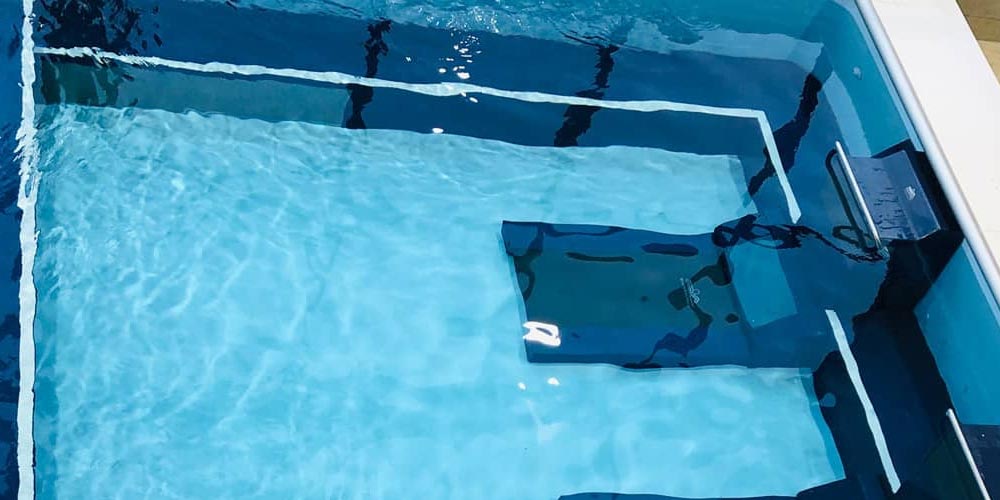Trichloroisocyanuric كىسلاتاسىئادەتتە TCCA دەپ ئاتىلىدۇ ، ئۇلارنىڭ خىمىيىلىك قۇرۇلمىسى ۋە كۆلچەك خىمىيىسىدىكى قوللىنىلىشى سەۋەبىدىن دائىم سىئانىك كىسلاتا دەپ قارىلىدۇ. قانداقلا بولمىسۇن ، ئۇلار ئوخشاش بىرىكمە ئەمەس ، كۆلچەكنى ئاسراشتا ئىككىسىنىڭ پەرقىنى چۈشىنىش ئىنتايىن مۇھىم.
Trichloroisocyanuric كىسلاتاسى C3Cl3N3O3 خىمىيىلىك فورمۇلا بار ئاق كىرىستال پاراشوك. ئۇ سۇ ئۈزۈش كۆلچىكى ، ئارامگاھ ۋە باشقا سۇ بىر تەرەپ قىلىش پروگراممىلىرىدا دېزىنفېكسىيە دورىسى ۋە تازىلىق ئىشچىسى سۈپىتىدە كەڭ قوللىنىلىدۇ. TCCA سۇدىكى باكتېرىيە ، ۋىرۇس ۋە يۈسۈننى ئۆلتۈرۈشتىكى يۇقىرى ئۈنۈملۈك ۋاكالەتچى بولۇپ ، پاكىز ۋە بىخەتەر سۇ ئۈزۈش مۇھىتىنى قوغداشتىكى مودا تاللاش ھېسابلىنىدۇ.
يەنە بىر تەرەپتىن ،Cyanuric Acid، كۆپىنچە قىسقارتىلىپ CYA ، CA ياكى ICA دەپ ئاتىلىدۇ ، C3H3N3O3 خىمىيىلىك فورمۇلا بىلەن مۇناسىۋەتلىك بىرىكمە. TCCA غا ئوخشاش ، سىئانىن كىسلاتاسىمۇ كۆلچەك خىمىيىسىدە كۆپ ئىشلىتىلىدۇ ، ئەمما باشقىچە مەقسەتتە. سىئانىن كىسلاتاسى خلورنىڭ تەڭشىگۈچ رولىنى ئوينايدۇ ، قۇياش نۇرىنىڭ ئۇلترا بىنەپشە (UV) رادىئاتسىيەسى ئارقىلىق خلور مولېكۇلاسىنىڭ بۇزۇلۇشىنىڭ ئالدىنى ئالىدۇ. بۇ ئۇلترا بىنەپشە نۇرنى تۇراقلاشتۇرۇش خلورنىڭ باكتېرىيەنى ئۆلتۈرۈش ۋە قۇياش نۇرىنىڭ تەسىرىگە ئۇچرىغان سىرتتىكى كۆلچەكلەردە سۇ سۈپىتىنى ساقلاشتىكى ئۈنۈمىنى ئۇزارتىدۇ.
كۆلچەكنى ئاسراشتا روشەن رولى بولسىمۇ ، ترىخلوروئىسكويانۇرىك كىسلاتا بىلەن سىئانىك كىسلاتا ئوتتۇرىسىدىكى قالايمىقانچىلىقنى ئۇلارنىڭ ئورتاق ئالدىدىكى «سىئانىك» ۋە كۆلچەكتىكى خىمىيىلىك ماددىلار بىلەن قويۇق مۇناسىۋىتى سەۋەبىدىن چۈشىنىشكە بولىدۇ. قانداقلا بولمىسۇن ، كۆلچەكنى داۋالاش تەرتىپىدە مۇۋاپىق ئىشلىتىش ۋە مىقدارىغا كاپالەتلىك قىلىش ئۈچۈن ، ئىككىسىنى پەرقلەندۈرۈش تولىمۇ مۇھىم.
خۇلاسىلەپ ئېيتقاندا ، ترىخلوروئىسكويانۇرىك كىسلاتا ۋە سىئانىك كىسلاتا ئىشلىتىلگەن مۇناسىۋەتلىك بىرىكمىلەركۆلچەك خىمىيىسى، ئۇلار ئوخشىمىغان ئىقتىدارلارغا خىزمەت قىلىدۇ. ترىخلوروئىسوكيانۇرىك كىسلاتا دېزىنفېكسىيە دورىسى رولىنى ئوينايدۇ ، سىئانىك كىسلاتا خلورنىڭ تەڭشىگۈچ رولىنى ئوينايدۇ. كۆلچەكنى ئۈنۈملۈك ئاسراش ۋە بىخەتەر ۋە خۇشال سۇ ئۈزۈش تەجرىبىسىگە كاپالەتلىك قىلىش ئۈچۈن ، بۇ ئىككى بىرىكمىنىڭ پەرقىنى چۈشىنىش ئىنتايىن مۇھىم.
يوللانغان ۋاقتى: 5-ئاينىڭ 15-كۈنىدىن 20-كۈنىگىچە


